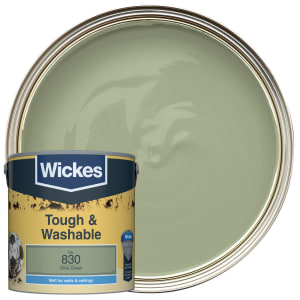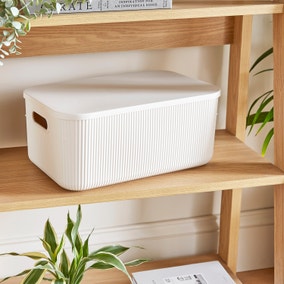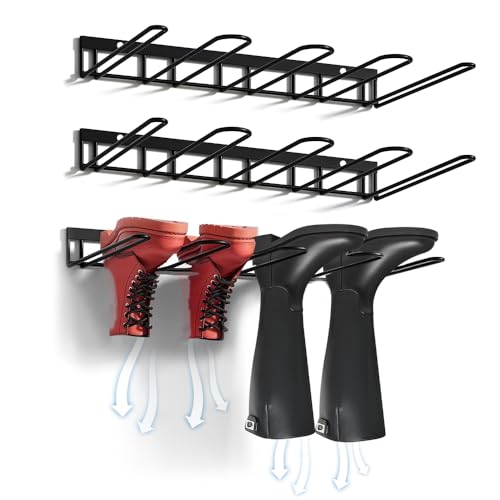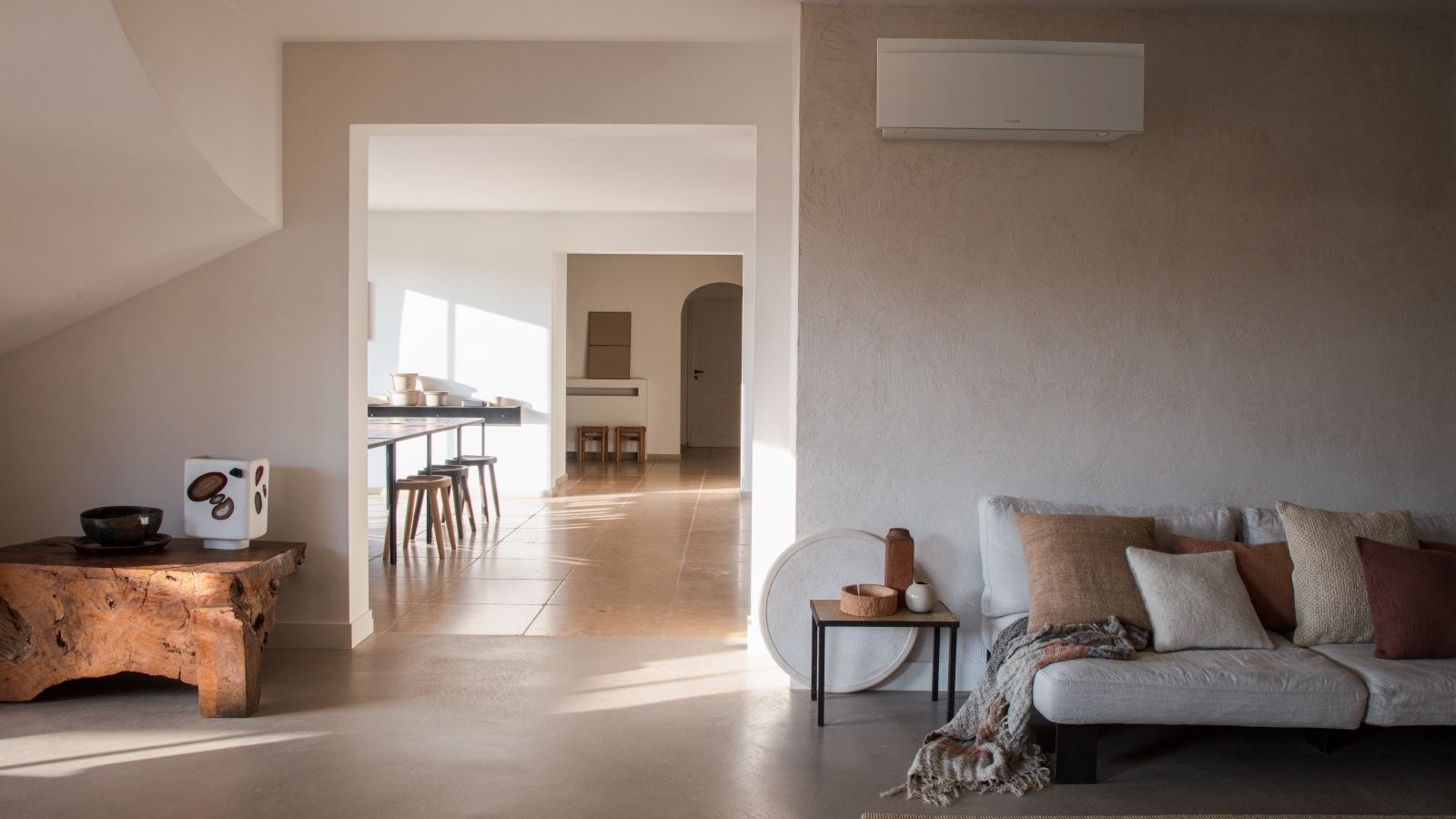Boot room storage — 7 essential steps to a neat and orderly space
Good boot room storage is everything when it comes to this practical space within your home. Follow the 7 steps experts recommend for a stylish, cohesive and well thought out result
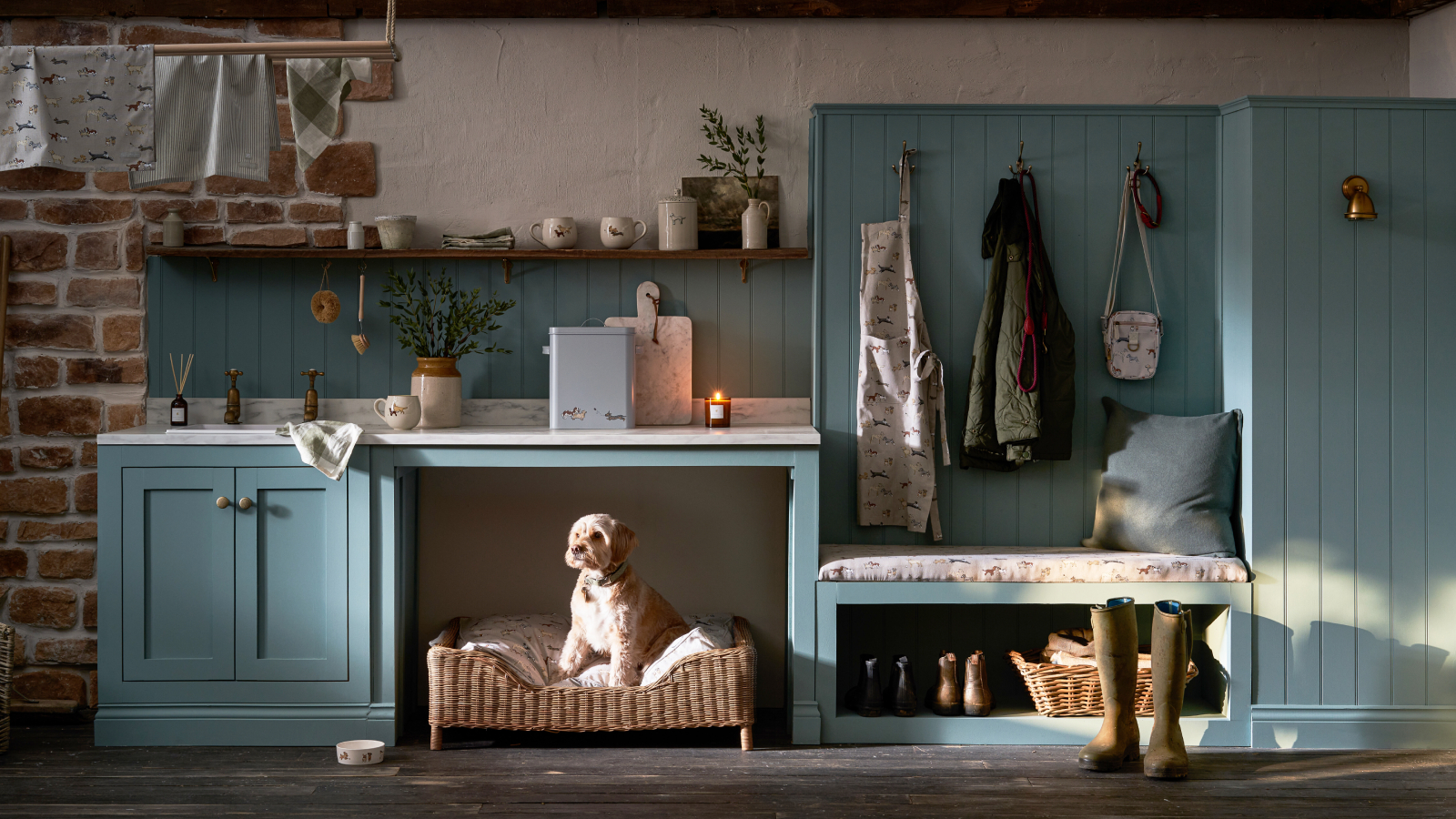
While boot room storage could be considered self-explanatory, the chances are unless you've included a dedicated boot room in your self build, it will need to provide you with a storage space for more than just boots.
From outdoor wear to pet items to DIY essentials or bulk buy purchases, the chances are your boot room design will need to include a home for all manner of different items, in a variety of shapes and sizes.
Creating a space that works for it all is key to avoid wasted space and badly stored items, so here are the 7 essential steps to creating the best boot room storage.
1. Get the balance right
Successful boot room storage right is about achieving the right mix of two key elements, says Richard Davonport, founder of Davonport. Get these right, and you're already on the right path to a successful solution.
“A well-designed boot room needs to strike a balance between order and ease," he explains. "The best type of storage is built around how the space will actually be used, so that means allocating room for bulky items like boots and coats, but also accounting for smaller, everyday essentials that tend to clutter up a hallway."
"In this particular design (shown below), the bench seating has been carefully planned to accommodate different types of footwear, with taller compartments that comfortably fit Wellington boots, and shallower shelves for everyday shoes," says Richard. "It's a small detail, but one that makes a big difference in keeping the room feeling calm, organised, and purposeful."
Smaller cupboards at a high level also provide space for less-used items that would otherwise need to find a home elsewhere.
Bring your dream home to life with expert advice, how to guides and design inspiration. Sign up for our newsletter and get two free tickets to a Homebuilding & Renovating Show near you.


Richard Davonport is a luxury cabinetmaker and designer, and the founder and Managing Director of kitchen specialists, Davonport. The company designs and makes bespoke kitchens from its workshop in the heart of East Anglia.
2. Work out how much storage you need
Before you start heading out to buy your boot room storage, the first and perhaps most important step is to work out how much storage you really need.
"Start with real life," says Richard Davonport. "For example, how many coats, pairs of shoes, riding hats or sports bags do you realistically want to hide away? Then build in a little more to allow for guests or future changes."
“A boot room is one of the hardest-working spaces in the home, which means it needs storage that adapts too," adds Gareth Hull, design lead at Hendel & Hendel.
"Think tall cupboards for coats and brooms, open shelving for baskets and logs, and somewhere practical to sit and pull off muddy boots," he suggests.
Start by writing list of everything you want to store – particularly if you are hoping to create space for more than just shoes and outdoor wear. Think about the details you'll need to identify in order to get your boot room storage spot on.
For example, how big is your tool box? Do you need to store handy to have items such as a stepladder or luggage? Will your boot room storage need to include spaces for household cleaning items such as vacuum cleaners or mops?
When organising storage for any new area of your home, it's also generally a good idea to start with decluttering what you already have. However, it can sometimes be a struggle to know what to keep and what to get rid of. While there are plenty of decluttering trends to give you some advice, find out why I use the words of William Morris when decluttering. It's age-old advice but still completely relevant in the modern world.
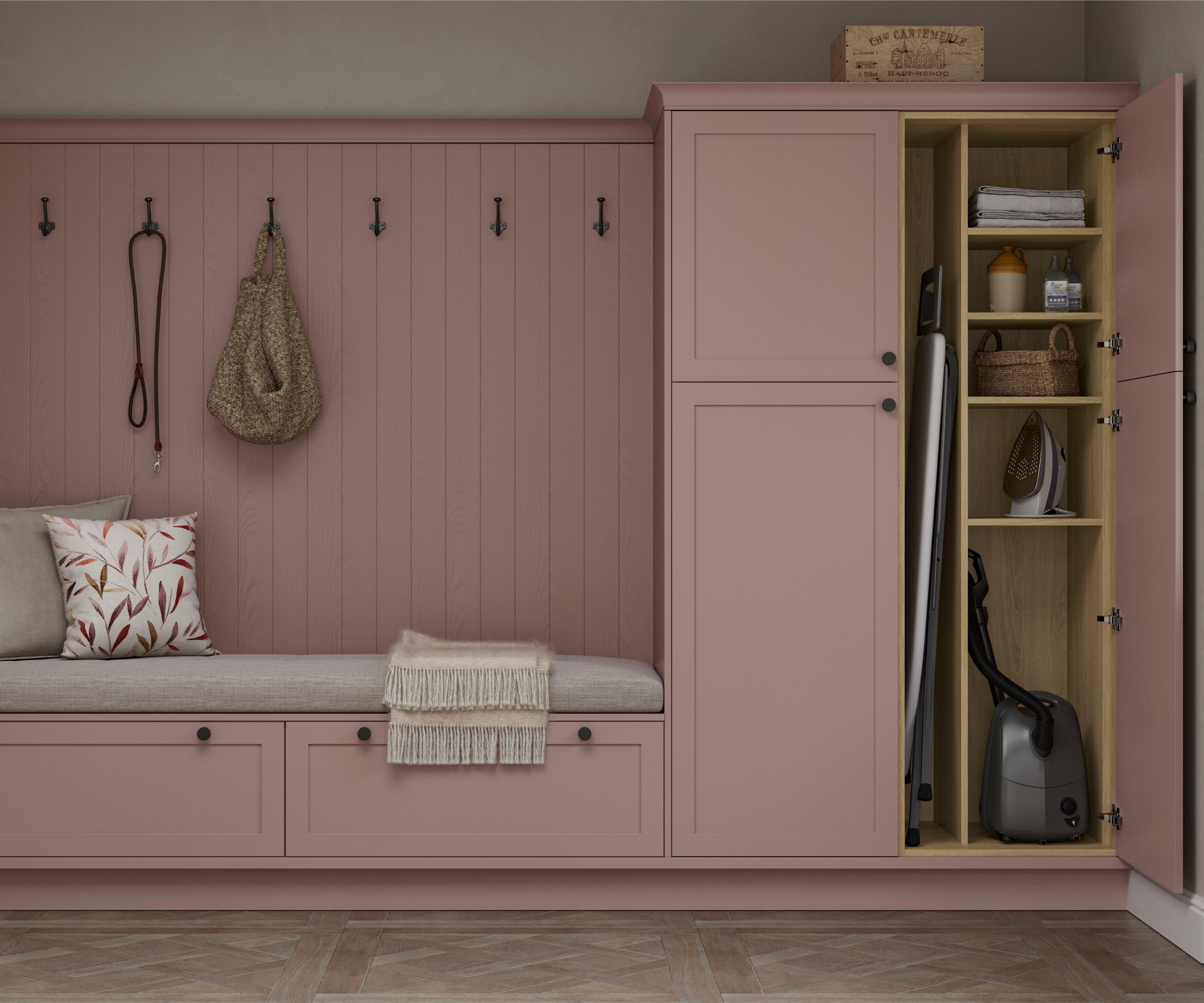

Gareth Hull is the Design Lead at Hendel & Hendel, a leading UK hardware brand. He leads on the design direction for the brand’s collections and interior styling. With a background in product development and a keen eye for detail, Gareth's approach seamlessly blends traditional craftsmanship with contemporary aesthetics and his work emphasises refined forms, elevated materials, and a balance between contemporary, traditional and transitional pieces.
3. Pick the best storage type for your space
Next take a look at your boot room ideas and decide if you're prefer a fitted or freestanding look to your boot room storage.
Of course, often this will also be influenced by the amount of space you have to work with. Will your boot room need to double up as a utility room meaning you have to think of bootility room storage options? Or, are you simply trying to create boot room storage in your porch or hallway ideas for example?
"In most cases, fitted storage is the more effective option," advises Richard Davonport. "It allows you to maximise every inch of available space, particularly useful in narrower or awkwardly shaped rooms, and ensures a clean, tailored finish. Freestanding pieces can work in larger rooms with more flexibility, but they rarely offer the same level of practicality.
Even if you are limited on space, look for storage units that are less deep, such as this Cody Shoe Drop from Dunelm. Raising storage off floor level will also create an additional space below. Use shelves with hooks for bags and coats, such as this Fulton Wall Shelf with Hooks, also from Dunelm, and find seating options with a dual purpose such as Dunelm's Upholstered Hallway Storage Bench which offers seating, storage and a shoe shelf below.
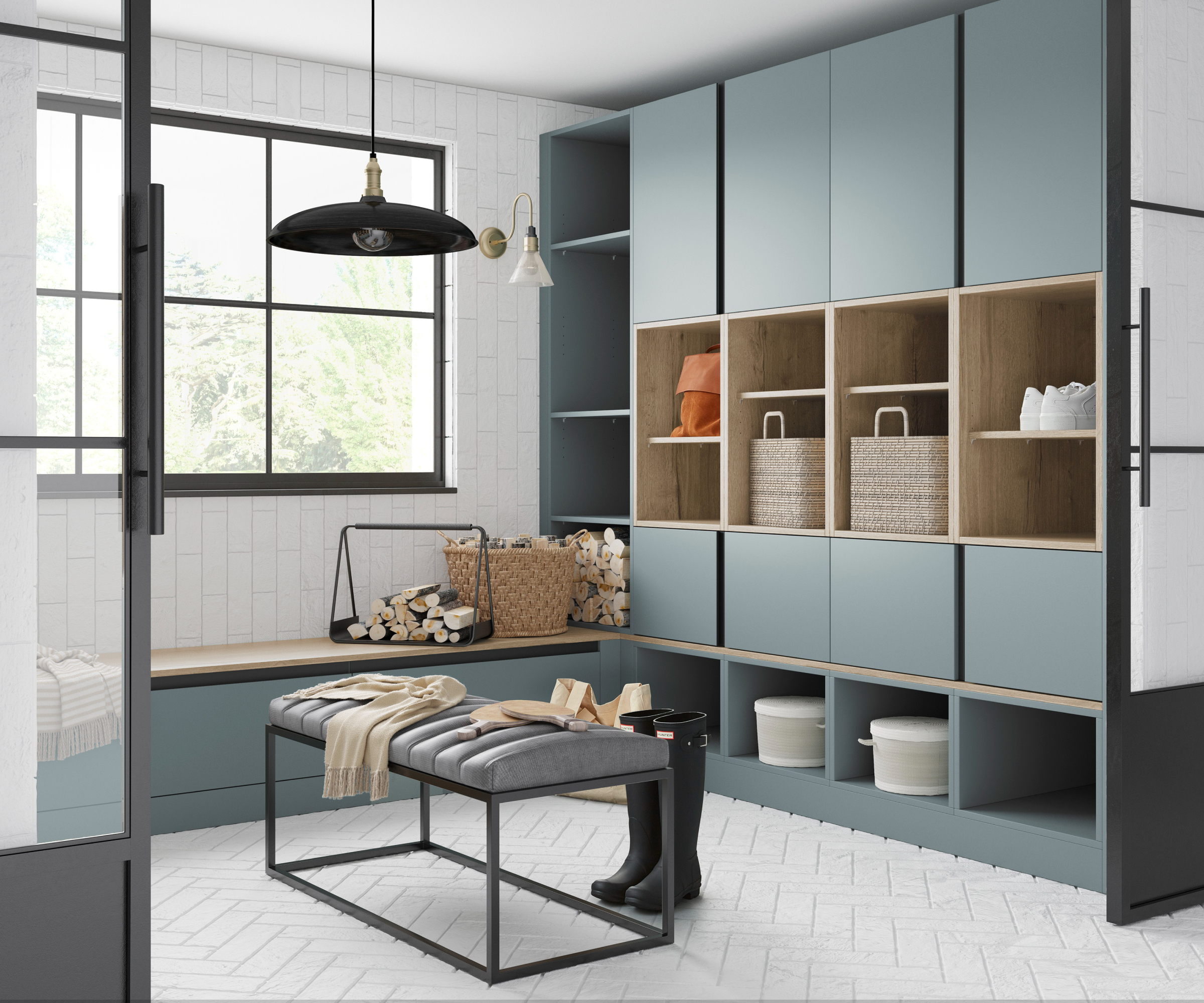
4. Get your shoe storage proportions right
While it can be easy to assume you can get away with small storage for shoes, the reality is feet are different sizes and in a family home, you could be catering for anything from toddlers through to fully grown adults.
Don't underestimate just how much space a larger shoe will take up – and I speak from experience having two sons with very large feet. But, as well as length and width, it's easy to forget the issue of shoe height.
From flip-flops through to wellington boots or high heels, make sure you allow for all different types of footwear and clothing.
“Giving everything a home is key, and if not organised properly, boot rooms can quickly become a dumping ground. Think carefully about dedicated shoe racks that can be tiered and consider models that cascade to save on space or incorporate railings for larger footwear," suggests Rachel Hutcheson, national retail manager at Sharps.
“Mix up enclosed storage, which is handy to keep the space free of clutter, with some open shelving, where baskets and boxes can facilitate daily use whilst injecting texture and character," she suggests. "Discreet storage under an integrated bench or seating area is also a sleek but practical way of tucking away bulky items, whilst providing a convenient place to put on shoes."
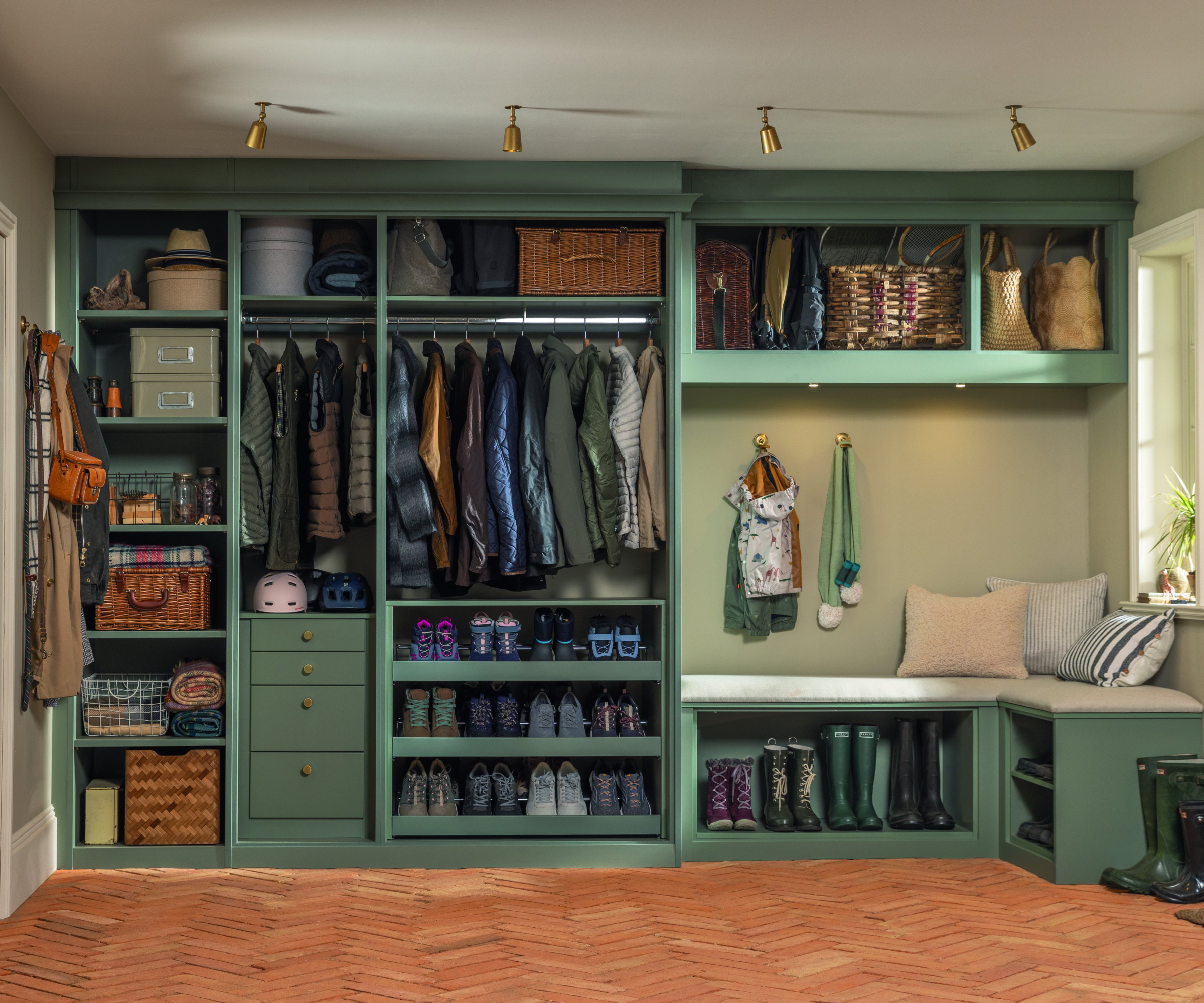

Rachal Hutcheson has worked at Sharps for 30 years where she is currently National Retail Manager, working across multiple showrooms and overseeing refurbishment styling.
5. Give everyone a designated space
One smart idea, as demonstrated below, is to divide your boot room storage into sections, allocating one per family member. This way you can customise elements such as hook heights and shelving to account for the differences in everyone's size.
However, with the design needing to last for many years, make sure you also choose your storage design with longevity in mind.
“Functionality isn’t everything of course," agrees Rachel Hutcheson. "Choosing a style that feels timeless in a colour that complements the rest of your scheme will make for a worthwhile investment that can be enjoyed for years to come.”
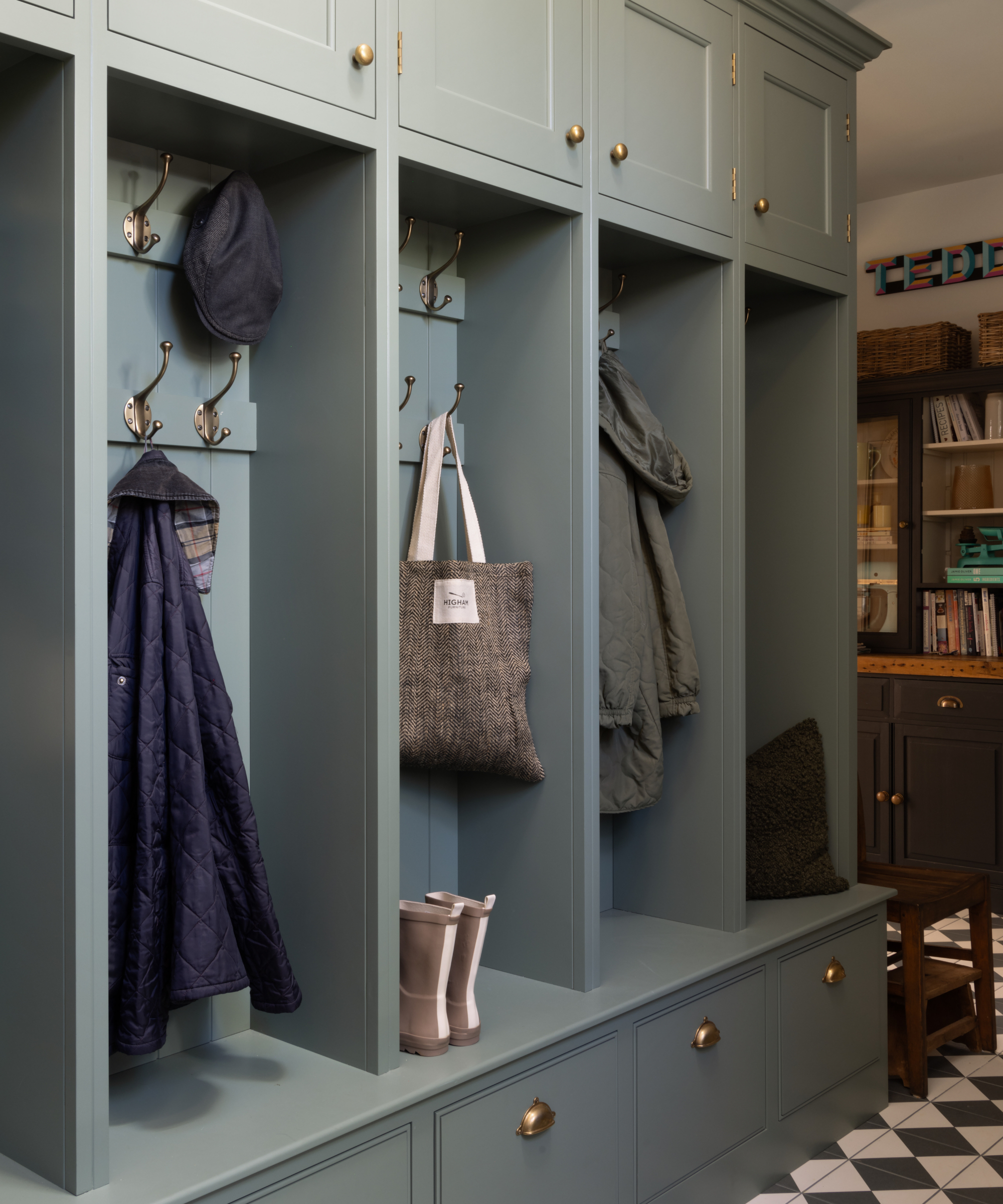
6. Pick the right finishes
Next on the list of essential items for getting your boot room storage right is thinking about the materials it's made of, so that your room, or area, is easy to maintain.
"When it comes to boot room storage for muddy boots and wet coats, think durability first," says Richard Davonport. "Wipeable paint finishes, and open shelving or cubby holes for ventilation are all sensible choices."
Make sure you pick choose storage that can take wear and tear, won't mark or chip easily if knocked and can handle water, dirt and mud. Look for storage baskets such as that can be wiped inside and out and choose fitted furniture that has wipe-clean surfaces.
Prefer a matt finish on your walls or painted furniture? Choose paint that can be safely wiped down so you can deal with splashes and scratches easily.
Try these paint and boot room storage products
7. Don't forget the finishing touches
One of the problems with needing to store a variety of different items in a number of storage solutions, is it could lead to the risk of it looking disjointed and messy.
"The challenge is bringing boot room storage together in a way that feels intentional, not piecemeal," agrees Gareth Hull. "That’s where hardware makes all the difference.
"Using a consistent finish – whether that’s brushed brass, burnished brass or a matt black – across knobs, handles and coat hooks is a simple way to create visual unity, even when the storage types vary," he advises.
"You can still mix shapes and functions, for example, pairing traditional knobs with contemporary pulls or classic coat hooks, but a shared finish ties everything together. It’s that level of detail that makes a practical space feel thoughtfully designed.”
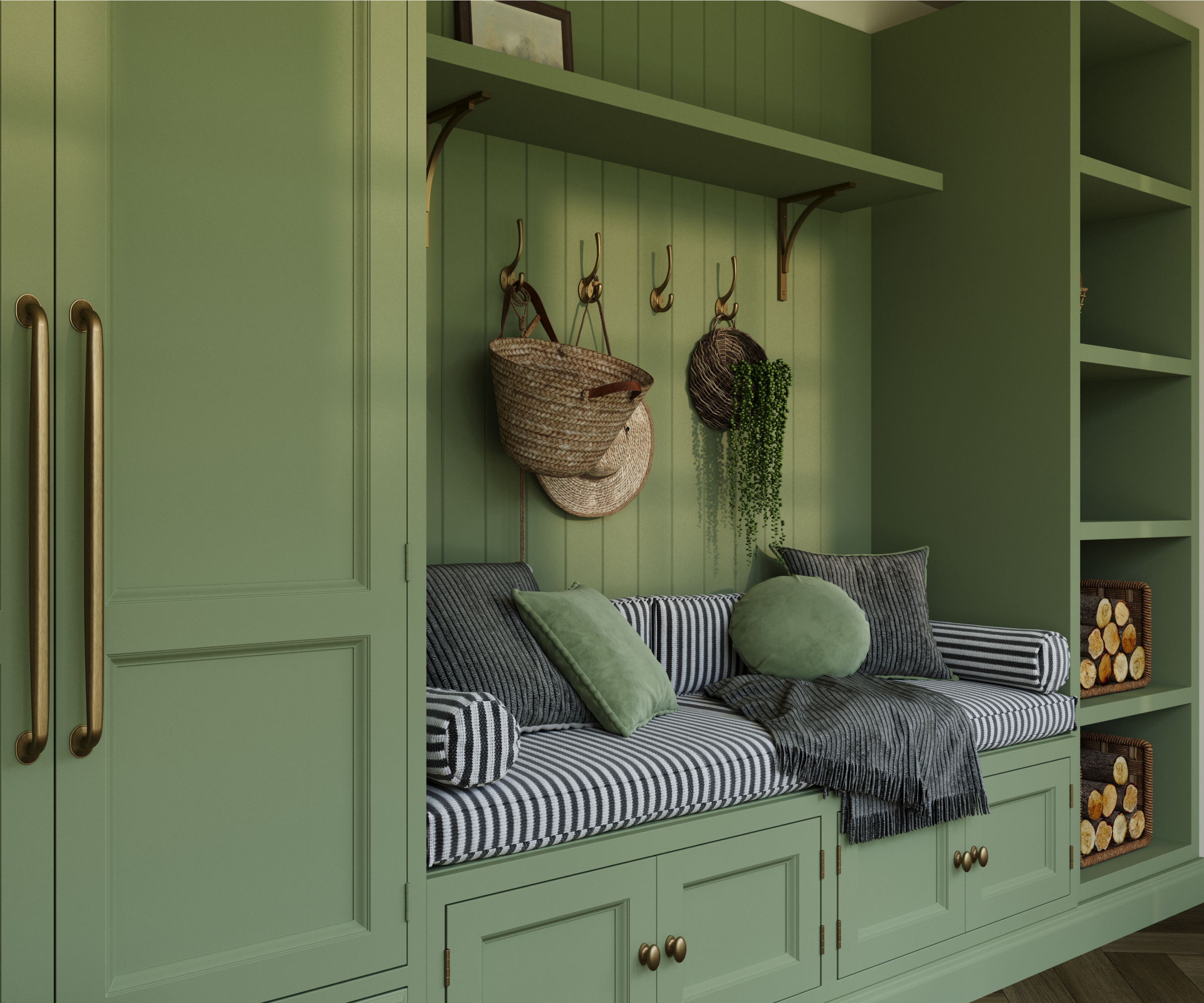
Feeling inspired to create a boot room area in your hallway? If you've got space under the stairs that could be put to good use, find out how to build understairs storage to make the most of your available space.

Sarah is Homebuilding & Renovating’s Assistant Editor and joined the team in 2024. An established homes and interiors writer, Sarah has renovated and extended a number of properties, including a listing building and renovation project that featured on Grand Designs. Although she said she would never buy a listed property again, she has recently purchased a Grade II listed apartment. As it had already been professionally renovated, she has instead set her sights on tackling some changes to improve the building’s energy efficiency, as well as adding some personal touches to the interior.
